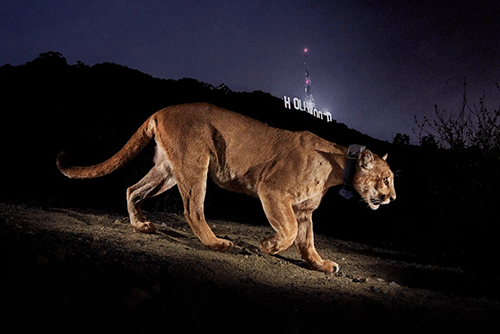Following years of communities in the Kunene region living in constant fear of being mauled, the ministry of environment took a decision to put down a male lion, approximately eight to 10 years old, that has been terrorising communities in the Sesfontein and Puros areas.
The wild cat was put down as a problem-causing animal in accordance with the Nature Conservation Ordinance no 4 of 1975. In accordance with the provisions of this law, lions are protected game, and no person is allowed to hunt any protected species without a permit.
The lion has been notorious for killing livestock since 2019; he has killed 12 cattle, 13 donkeys, and nine goats.
Namibia’s lion population continues to grow steadily: 2020 statistics indicate the wildcats’ population stands at approximately 800 countrywide.
This includes 96 to 124 lions in Kunene; 305 to 366 in Etosha; 39 in Kavango; 52 in Zambezi and over 100 on private land.
Giving an update yesterday, the environment and tourism ministry’s spokesperson Romeo Muyunda said the lion has numerous times been observed moving into people’s settlements at night, posing a threat to their lives.
“He was also displaying traits that he was not scared of people. The ministry, together with other conservation stakeholders in the area, such as IRDNC, and community conservancies had to put some preventative measures before the lion was declared a problem-causing animal. This includes chasing the lion out of people’s settlements and translocating the lion further west of Sesfontien to the area called Gai!Ai. However, the lion returned and continued to cause more problems,” Muyunda noted.
Therefore, he reported the communities in the area have, on a continuous basis, appealed to the ministry to intervene before the lion causes more damage – or in the worst case, attack a person.
He said, it is on this basis that the lion was declared a problem-causing animal, and it was trophy hunted to generate funds for the affected communities through conservancies.
The hunt generated an amount of N$150 000 – to which both Puros and Sesfontein conservancies got N$65 000 each to assist in paying affected farmers.
Muyunda said the N$20 000 is paid to the Game Product Trust Fund to be reinvested in conservation.
“It must be noted this lion was collared; his movements were tracked, which means the ministry knows its full history. Destruction of problem-causing animals is part of our conservation methods, particularly in mitigating human-wildlife conflict. Communities who live with wildlife know how crucial this activity is in providing them with relief from destructive and dangerous animals,” he stressed.
The ministry called upon Namibians to be wary of individuals and organisation whose only interest is to discredit the ministry, while they have done little to assist the communities or authorities to remedy this situation.
“They only wait for decisions to be taken then find things to criticise,” he said. – anakale@nepc.com.na


